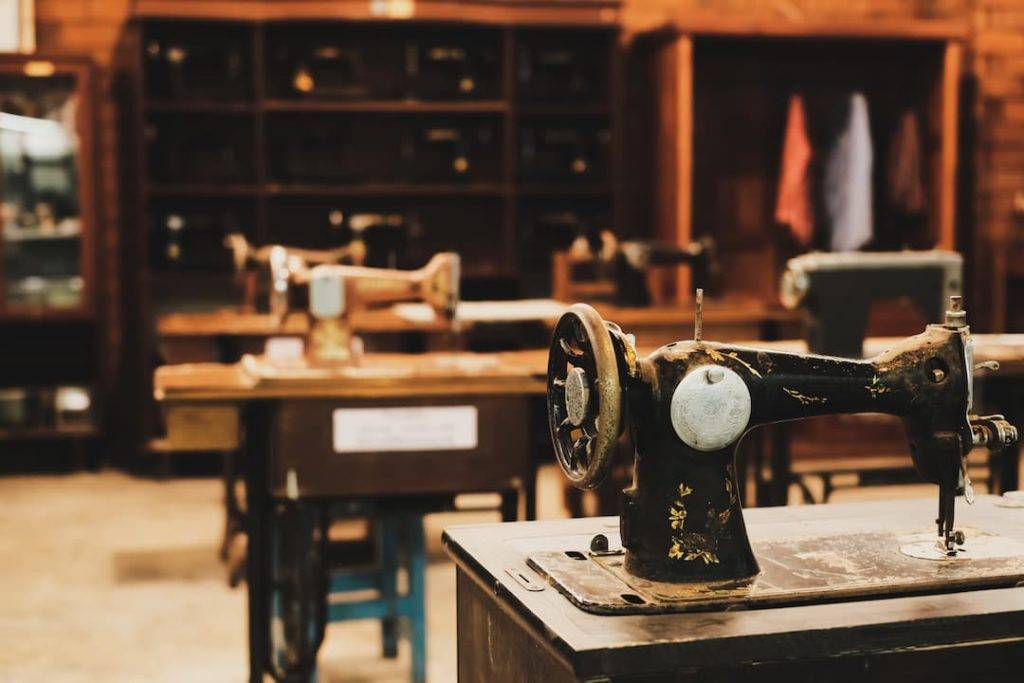Sewing machines have a rich history and they have played an important role in the UK’s industrial revolution. Their invention allowed clothing to be made far more quickly, and paved the way for mass production. Today, they’re still used in clothes manufacturing and have advanced dramatically. New features are constantly being developed to meet the needs of modern fashion. Let’s discover more about the exciting history of sewing machines.
Who Invented The Sewing Machine?
It’s unclear who really invented the sewing machine. Several people have laid claim to it over the years, but the original design from 1790 is credited to Thomas Saint. The machine he patented was designed with a hand crank, though Saint is only known to have drawn the design. The first known prototype to be built was a replica of these drawings, which was created by William Newton Wilson in 1874.
However, a working machine was invented and built before this prototype was reconstructed. In 1830, Barthelemy Thimonnier created a sewing machine. This lead him to open the world’s first clothes manufacturing business, creating uniforms for the French army. This revolution created such uproar with French tailors that they burned the factory to the ground.
Since then, there were several people credited with inventing sewing machines, but their patents never went through for varying reasons. Walter Hunt and John Fisher both played integral parts in making sewing machines what they are today, but were never credited. Instead, Isaac Merritt Singer built one of the world’s most well-known sewing machine companies, which still lives to this day. His machine was inspired by all of his predecessors, but was the first one to popularise the lockstitch mechanism we still use today.

How Sewing Machines Changed The World
It may seem like an innocuous thing, but the sewing machine truly changed the world. Housewives were no longer responsible for making and repairing clothes by hand. Instead, clothes became manufactured en-masse, and became cheaper as a result. Tailors did not need to fear the invention of this machine, as it paved the way for their careers to become more lucrative.
Women in particular were affected by the invention of these machines. With less sewing required at home, they had more free time to work. And what better place is there to turn their hands to than the factories where sewing machines were used? In the mid-19th century, the majority of women knew how to sew, no matter which social class they belonged to. Sewing machines gave them the opportunity to work and be more productive than ever.
The First Payment Plan
In addition to revolutionising the way we manufacture clothes, the first sewing machines also brought about something else. Because these machines were so expensive, there was a need for a new way to pay. Isaac Singer created the first payment plan, which allowed lower income households to own a sewing machine and pay for it over a period of time.
Did you ever consider how big of an impact sewing machines might have had on the world before you read this blog?
